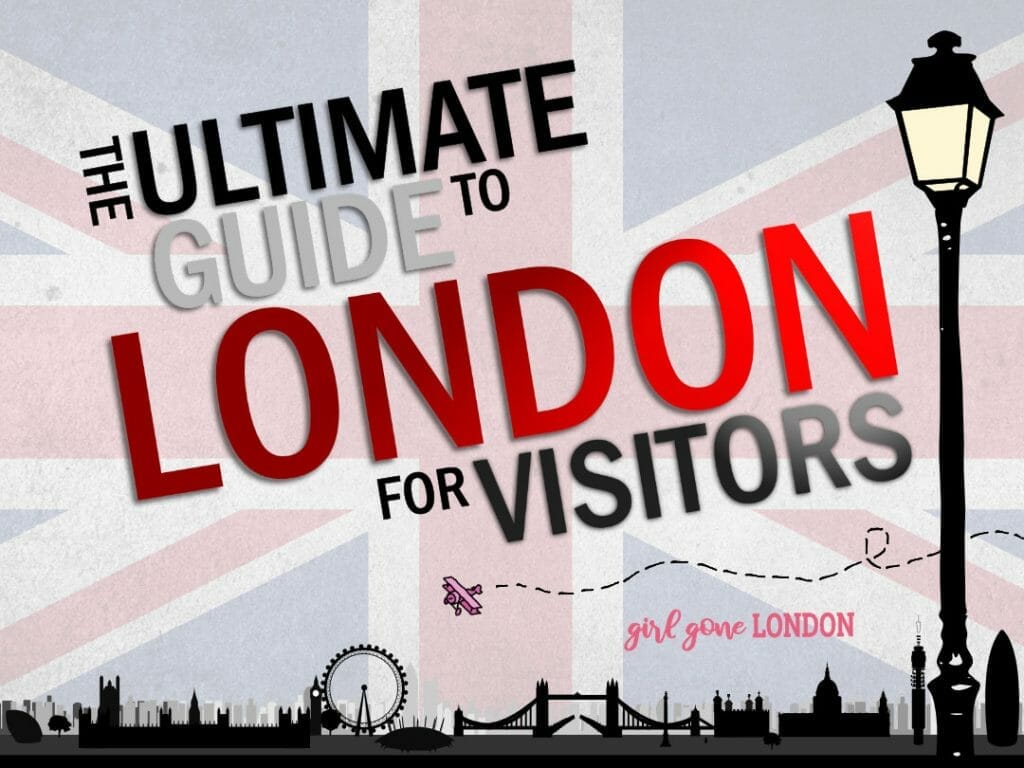This post contains affiliate links for which I may make a small commission to help keep the site running. You will not be charged extra for these items had you not clicked the links. Thank you for your help to keep the site running!
Predicting the weather in London is nothing short of impossible.
Today, for instance, it was sunny in the morning, cloudy in the late morning, a massive downpour just happened in the mid-afternoon, and now we’re back to sunny again.

The weather will change multiple more times before we get to dinner.
Much of what I’ll talk about regarding weather in London goes for the rest of the UK in the sense that it can be unpredictable, though mild, and of course peppered with some rainy days!
Of course, it tends to be cooler in Scotland and Northern Ireland and then warmer as you work your way down the UK towards England and Wales, but that is a generalization and doesn’t account for ever-changing weather patterns.
Let’s talk London weather, though, to give you a good starting point for what to expect and the best weather to visit London in.
Check out the section on the best months to go to London for my judgements and more information on visiting in each of these months – this is more of a weather report where I am going to share the facts and figures about the weather and you can decide for yourself what that means for your trip (because some people love the cold and some people love the heat and who am I to tell you which one is best!)
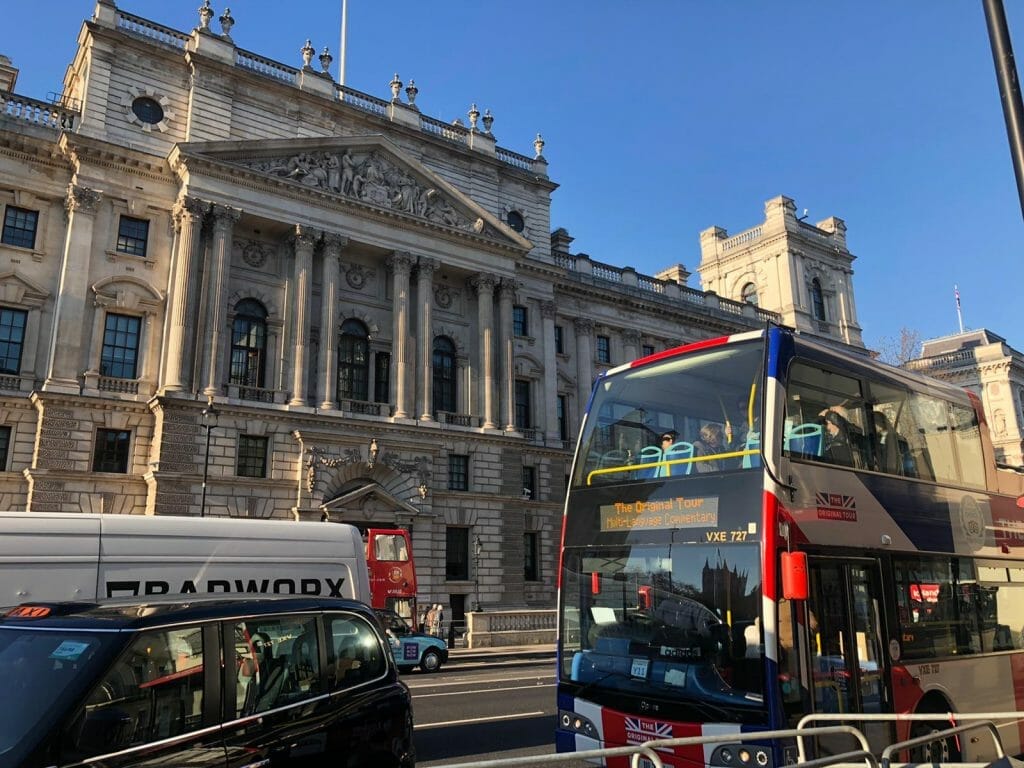
GET A FREE LONDON INTRO GUIDE and ACCESS TO MY FB GROUP
Start your planning with this “Intro to London” guide and access to my London planning Facebook group!
The Absolute Must-Knows (from a Londoner)
- 😍Cheapest Way to See it All: Get the London Pass here (yes, it’s worth it)
- 🎭Cheapest site for West End theatre tickets: London Theatre Direct
- 🚕Cheapest and most reliable airport transfer service: Welcome Pickups
- 🚉Cheapest Way to Book Train and Bus Tickets: Omio
- 🔌Most Reliable Adapter for UK Plugs: This one
| Month | Average Temps (F) | Overall Weather |
|---|---|---|
| January | 37F – 43F | Cold, damp |
| February | 37F – 45F | Cold, damp |
| March | 39F – 50F | Cold, damp, early Spring |
| April | 43F – 55F | Mild, sunny days possible |
| May | 48F – 63F | Mild, sunny days possible |
| June | 54F – 68F | Mild, sunny days possible |
| July | 57F – 72F | Warm, sun likely |
| August | 57F – 70F | Warm, sun likely |
| September | 54F – 66F | Warm, sun likely |
| October | 48F – 57F | Mild, sunny days possible |
| November | 43F – 50F | Cold, damp |
| December | 37F – 45F | Cold, damp |

🛎 Still looking for somewhere to stay in London?
My favorite hotel in London for all visitors is the Strand Palace (click here to check prices).
⭐⭐⭐⭐
Hey! Want more honest UK tips and planning advice? Click here to join my London and UK Travel Tips Facebook group, where I can answer more of your questions!
Check out the YouTube channel for more London tips
London Weather in January
The average high in January is 43 F and the average low is 37 F.
January can be a bitterly cold month, and while it doesn’t snow in London frequently, January is one of the strong contenders if it does happen.
It’s, on average, the coldest month in London.
As far as rain, it wins the title for rainiest month when it comes to the days it rains, and it’s also up there in terms of how much actual rain it gets (regardless of what days this rain falls).
January also ties December for the lowest amount of daylight hours at around 8 per day – it can start getting dark in the late afternoon and by “evening” it’s pitch black.
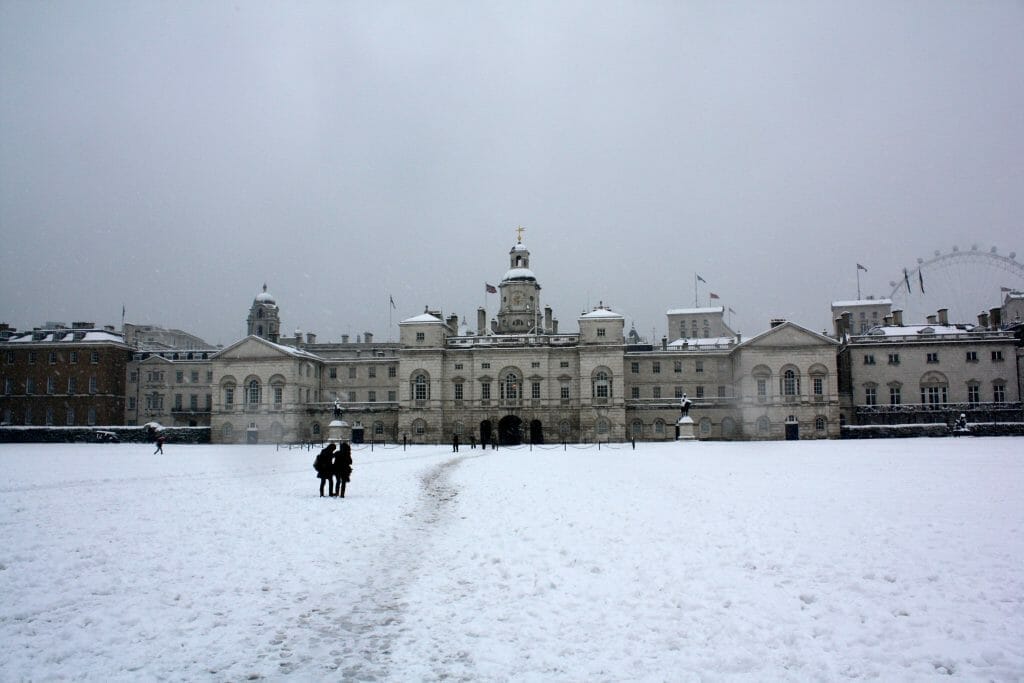
IMPORTANT: are you coming to the UK from abroad?
In case you’re reading this from outside the UK and will be a foreign visitor here, you need to know these 2 things to stay safe and save money.
- Travel insurance – you need it when going overseas! I use this site to get the best quotes and purchase my packages from. Do not skip this – having medical coverage abroad as well as other coverage in case of missed flights, lost luggage, etc is essential. As I said, I have never gone wrong using this site.
- International debit cards without fees – do not get stuck paying extortionate foreign fees when using your card abroad (and the UK is almost all card these days). I use the Wise debit and travel card which you can apply and learn more about here.
London Weather in February
The average high in February is 45 and the average low is 37.
It’s just marginally warmer than January, but not by much.
This is another contender for snow and snow in February wouldn’t be unusual (though a massive snowstorm is rare).
For rain, it has fewer rainy days on average than January (about 16) and the actual rain levels are also lower, but it’s still rainier than March and April.
The average daylight hours in February go up to 9 per day – better than December and January, but it’s still very much winter, after all.
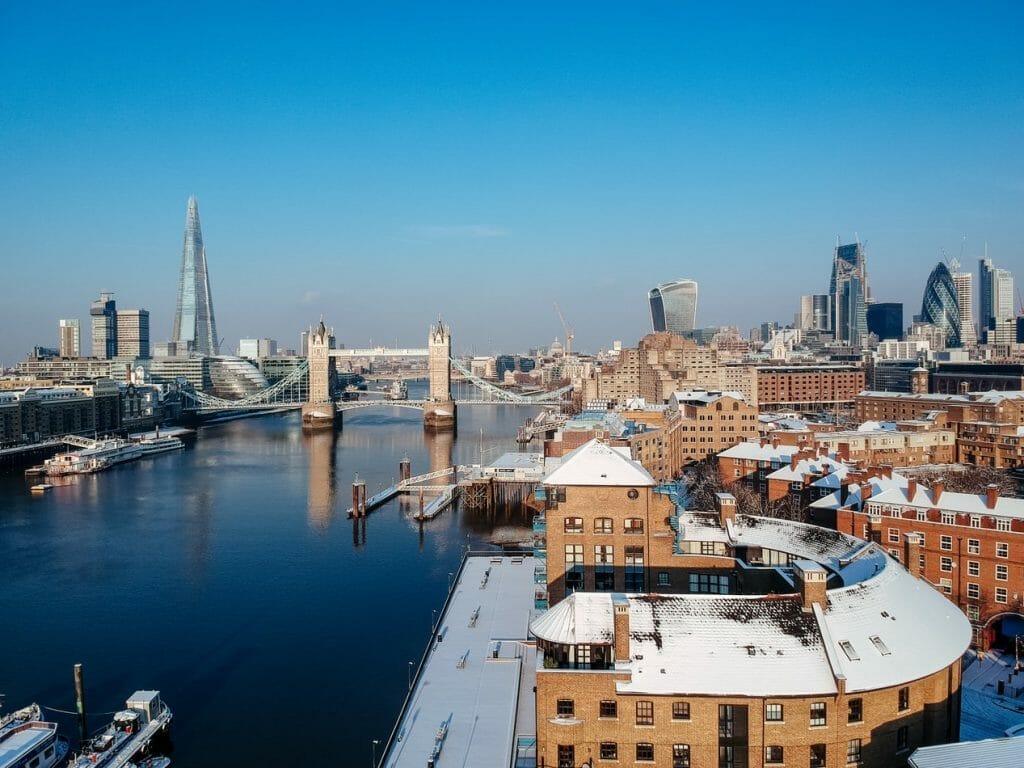

Weather in London in March
The average high in March is 50 and the low is 39 – a pretty big jump from the month before.
March is one of those months in the UK that can be very iffy – it wouldn’t be unusual for snow, but you also could have some freak hot days.
In terms of rain, you’re looking at about an average of 16 rainy days per March, but overall the precipitation levels are some of the lowest of the whole year (on average – again, this is just based on past weather, not a guaranteed forecast).
The average daylight hours in March jump to 11 hours per day and will start to increase more rapidly from this point until the summer solstice.
London usually feels still like winter in March, but with a hint of excitement in the air for Spring starting at the end of the month.
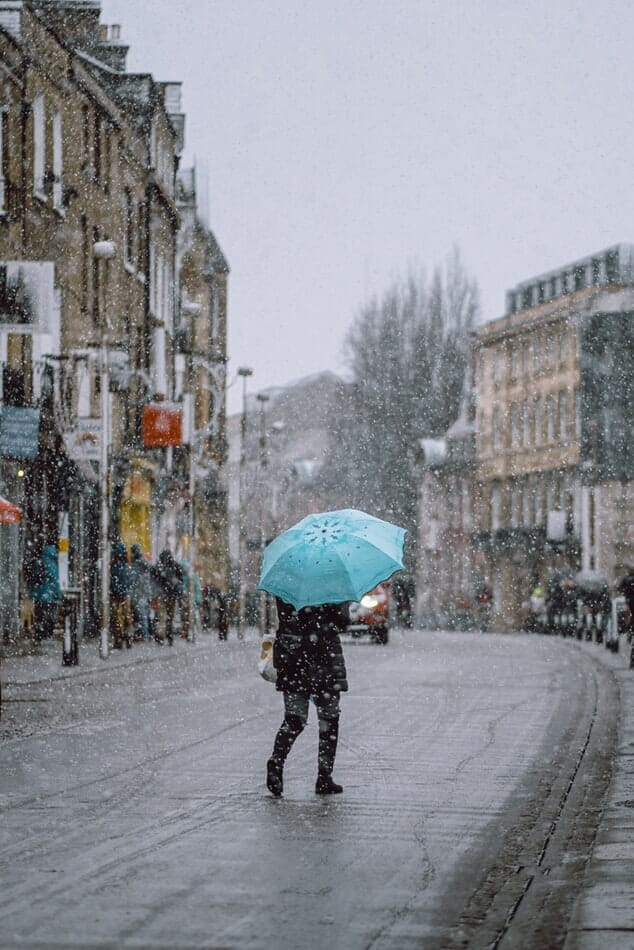
London Weather in April
The average high for London in April is 55 and the average low is 43. Snow in April has happened rarely – it’s possible, but at this point London is very much transitioning into Spring and snow is not at all common.
Again, you will often get some unseasonably warm days in April that make everyone drop the snow coats and shed some layers, but be prepared by packing layers for London.
In terms of rain, April also has an average of 16 rainy days per month, but the average rainfall is higher than February and March in terms of levels.
April showers bring May flowers, and all that!
The daylight hours in April are a nice 13 hours – the sun starts to set around 7:30pm or later, which helps make it feel like Spring as Londoners are no longer leaving their offices in the dark.
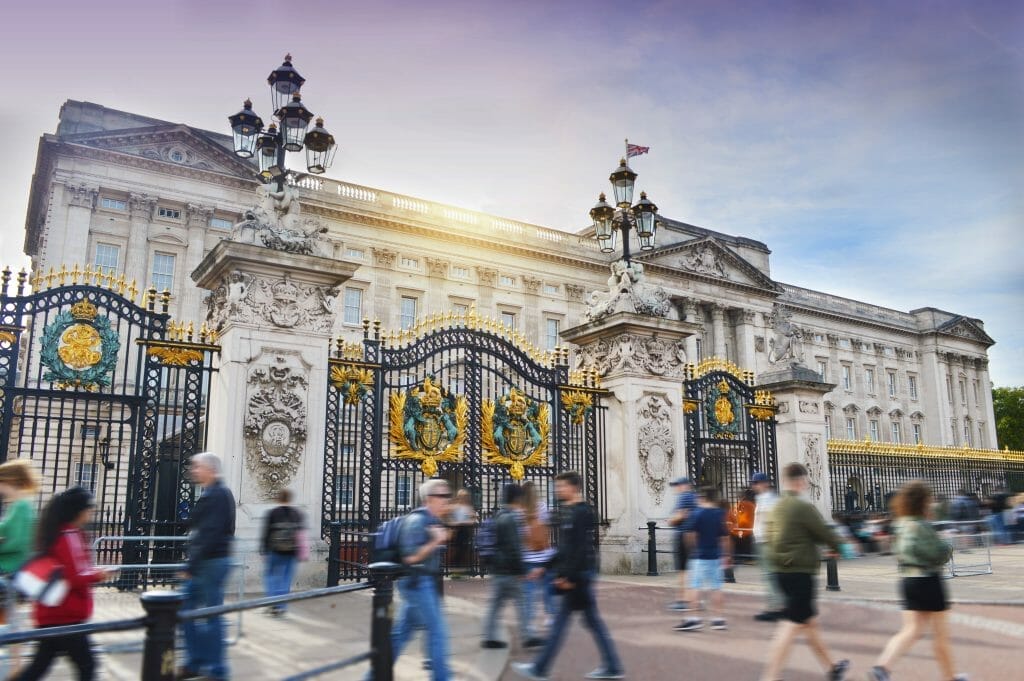
Weather in London in May
The average high for London in May is 63 and the low is 48.
By this point, snow is incredibly unlikely, though hail is a possibility – in fact, in our wedding that happened on the 20th of May, we had rain, hail, sunshine, clouds and wind all in the same day!
May can be an “early summer” and shorts weather, or it can still hold on to that chill from Spring – but then again, it can also be chilly in August or scorching hot.
The joys of unpredictable weather!
In terms of rain, May has about 15 days with rain (not to say that it rains the whole day, just that it rains at some point) and has rain levels closer to January – higher than both March and April.
The best part of May is the daylight hours, though – it jumps to 15 hours and you really start to feel like the summer is coming.

London Weather in June
June is the official start of summer in London on the summer solstice late in the month, but it can go either way on whether it’s still a bit chilly or whether it truly feels like summer – often, it will still feel chilly and the really warm temperatures won’t hit until July and August.
The average high is 68 and the low is 64.
In June, the average rainy days are about 13 and the rain levels aren’t terribly high compared to the rest of the months.
The average daylight hours are an awesome 16 hours – it can stay light up until 10:00pm or later and that is truly a great thing both for visitors and Londoners wanting to make the most of their time!
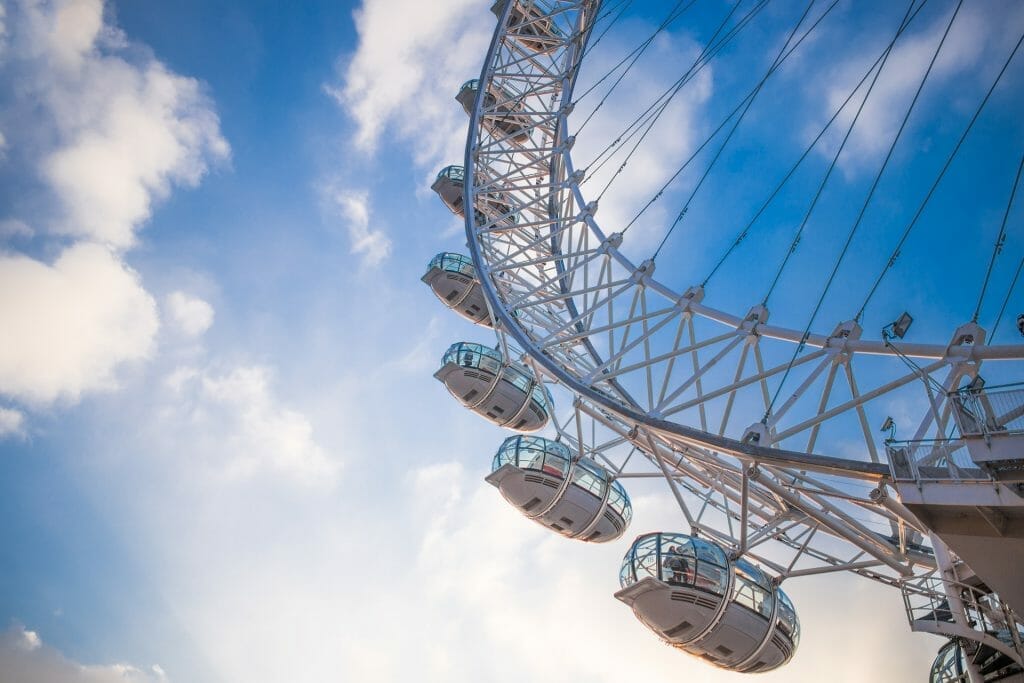
Weather in London in July
July is summer in London and you have a good chance of getting some shorts weather.
The average high is 72 and average low is 57, but in July 2019, the UK hit records for some of the hottest weather in its history and it got up to 100 degrees in London on one day.
This wasn’t sustained, but shows what temperatures London is capable of!
The rainy days in July are about 14 per month and the average rainfall is similar to June – it’s not a particularly rainy month in general.
In terms of daylight hours, it enjoys an average of 16 hours and 30 minutes of daylight per day.
Bring your eyemasks and make sure the curtains are closed before you go to bed as the sun will be streaming in your eyes very early in the morning!
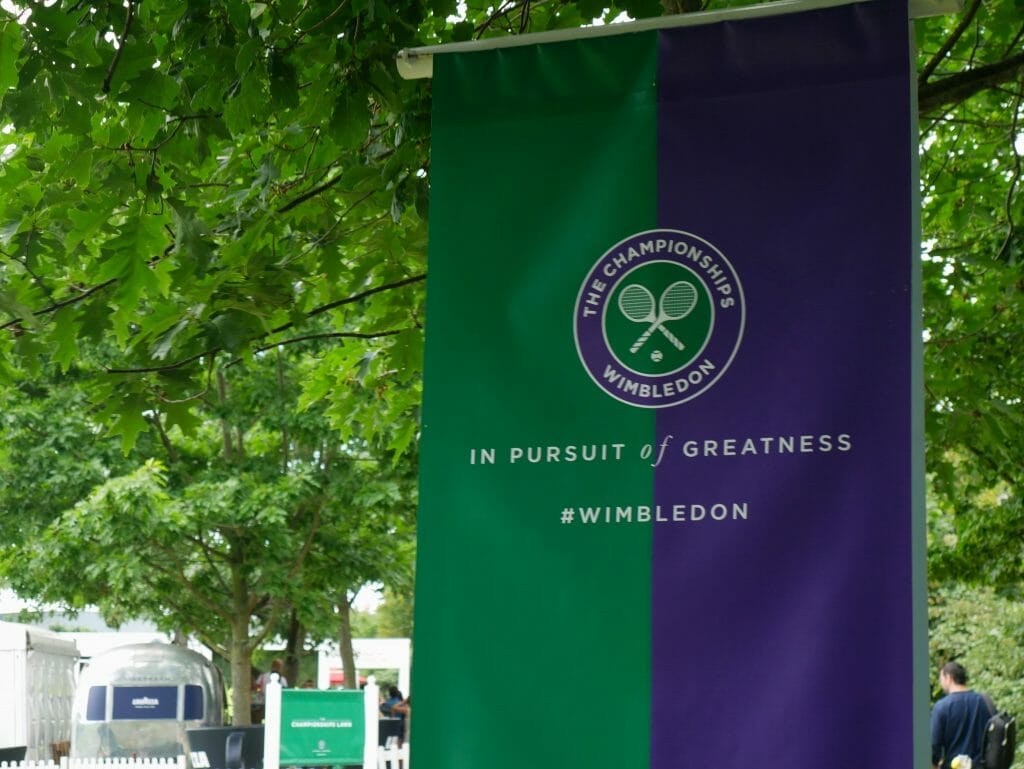
London Weather in August
August is still summer in London and a time when many Brits go on vacation – the schools are out all this month, and summer is still very much in full swing.
The average high is 70 and the average low is 57, which makes it the second hottest month of the year with July being the hottest.
The rainfall jumps a little bit in August in terms of levels, though with an average of 13 days with rain per month, the whole month won’t be a washout (but you should still bring your raingear).
Daylight hours start to decline slightly in August, going back to 16 hours.
Still plenty, but sunset will get earlier by a few minutes each day of your trip as London marches into autumn and beyond.
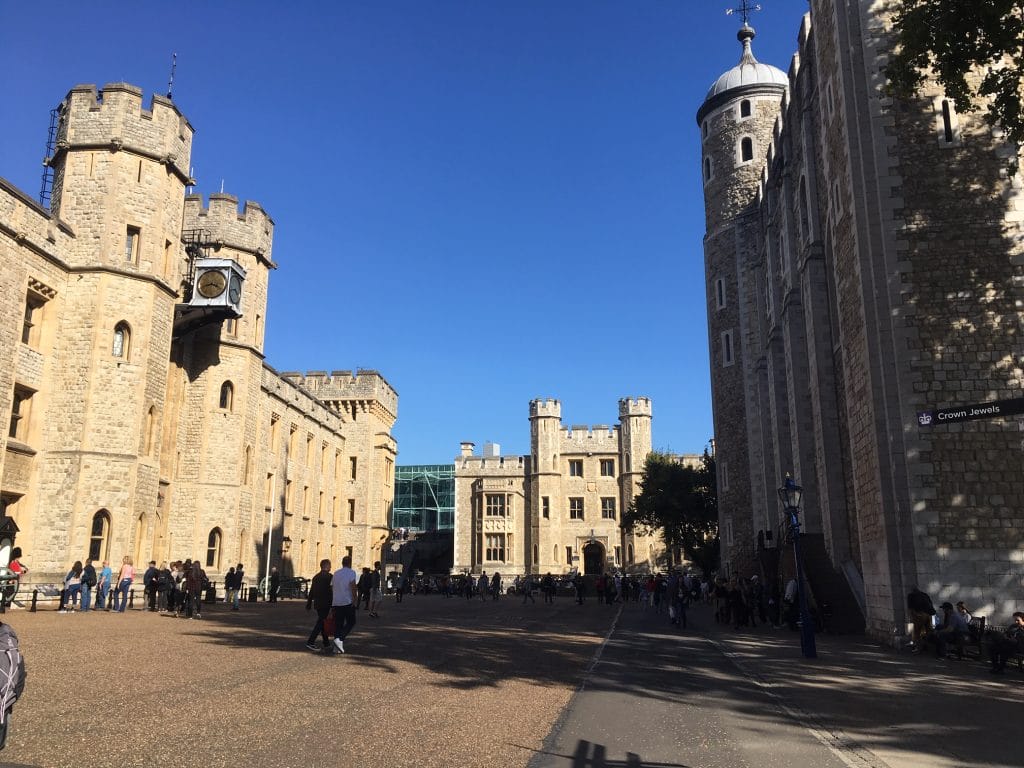
London Weather in September
September is another one of those “bookend” months like May that can be pretty warm or can feel like autumn has swooped in quickly.
If it is hot in September, Brits call it an “Indian summer,” and it’s definitely what is hoped for.
The average high in September is 66 and the average low is 54, with the average days of rainfall being 15.
The amount of rainfall isn’t as high as the winter, but it is moderately rainy.
Daylight hours drop to 14 hours in September, with sunset happening before 7pm by the end of the month.

Weather in London in October
October definitely feels like the start of Fall in the UK with the trees starting to change by the end of the month.
The average high is 57 and the average low is 48.
October is also one of the rainiest months in London – some sources say THE rainiest.
Daylight hours drop pretty drastically in October to 11 hours per day on average, and certainly by the end of the month the “dampness and darkness” of a London winter can start to set in.

November Weather in London
The temperatures in November are an average high of 50 and average low of 43 – not bitterly cold, but definitely cold.
The average number of days with rain goes up to 17 and it is a rainy month overall.
The daylight hours are roughly 10 hours per day, so expect it to get dark early.
The start of the month is preferable for many people when it comes to temperatures, with the end of the month being preferable for activities and holiday festivities – so you can still “win” either way!
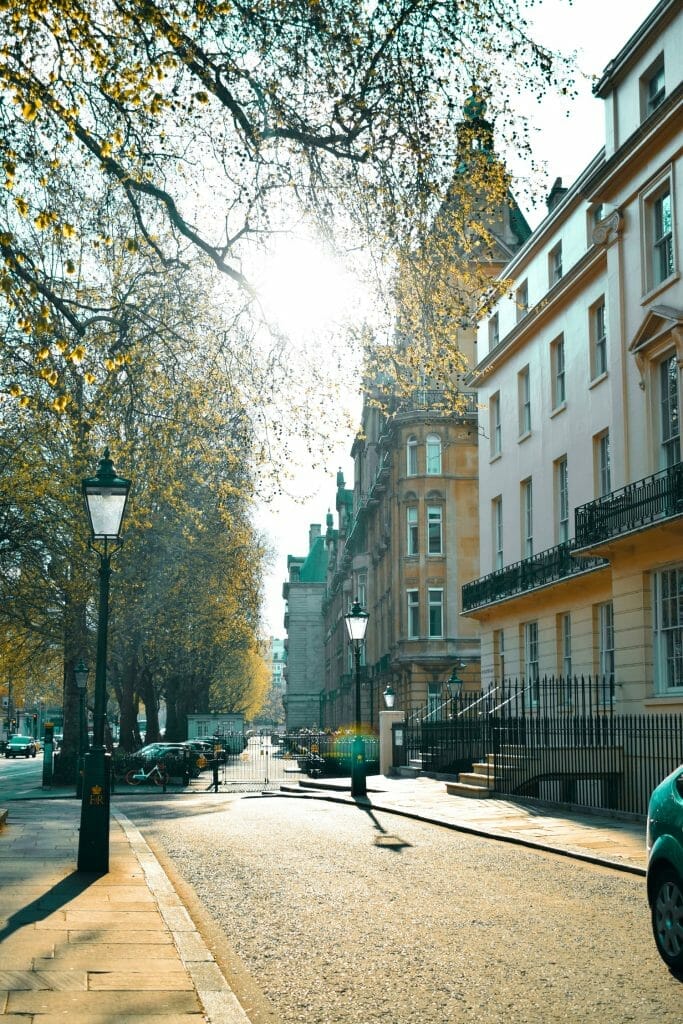
London Weather in December
The last month of the year brings an average high of 45 and an average low of 37 – not as cold as January, but starting to frost up cars and the grass at times, particularly outside of London in the countryside.
The average number of days with rain stays steady at 17 and overall December (and winter) is rainy.
The daylight hours drop further to just about 8 per day, with the darkest day of the year at the end of the month with the winter solstice.
You can expect sunset before 4:00pm in December – a very unusual thing for people who are used to more steady daylight hours.

Want more London travel guides? Check these out!
- The Definitive London Packing List for Visitors
- A Full Guide to Oyster Cards in London for Dummies
- Getting around London: Everything a Visitor Needs to Know
- 23 Must-Read London Safety Tips
- The Best Time to Visit London: a Local’s Guide
- London on a Budget: How to Save Money in London
- Money in the UK: How to Pay for Things in London
- Exactly How Many Days to Spend in London: an Expert Guide
- How to Use the Tube in London: a Guide for Newbies
- What to Wear in London (How to Dress Like a Londoner)
- British Pub Etiquette: the must-read guide
- 49+ Expert London Travel Tips
- Visiting London with Anxiety: the ultimate guide
UK Travel Planning Guide: the FAQs
🏥 Should I buy UK travel insurance?
Absolutely yes. Basic coverage is not expensive, and as a visitor you are NOT covered under the NHS. Compare policies and prices with Travel Insurance Master here, a big name in the travel insurance business, and cross that off your list.
🔌 Do I need travel adapters for the UK?
Yes, you do, otherwise you won’t be able to plug in your electronics/phone/lifelines. I recommend this one, which is all-in-one so you can use it in other countries.
🚗 What do I need to drive in the UK?
The first thing you need to check out if you’re planning on renting a car in the UK is this guide to driving in the UK for visitors – the roads, signs, and driving experience will likely not be what you’re used to and it’s essential to prepare yourself to stay safe and aware.
🛌 What’s the best way to book hotels in the UK?
For UK hotels, Booking is the best site as it offers free cancellation on many properties. If you want an apartment, I always recommend VRBO over AirBnb.
📳 Will my phone work in the UK?
Yes – if you set it up right. Check out my guide on making your foreign phone work in the UK to ensure that you get the type of service you need.
🚿 Can I drink the water in the UK?
Yes, UK water is great and perfectly safe. But drink out of taps in any kitchen or use water fountains. Double check before drinking out of the taps in hotel bathrooms, though, as they may be on a different system. London water is safe to drink.

